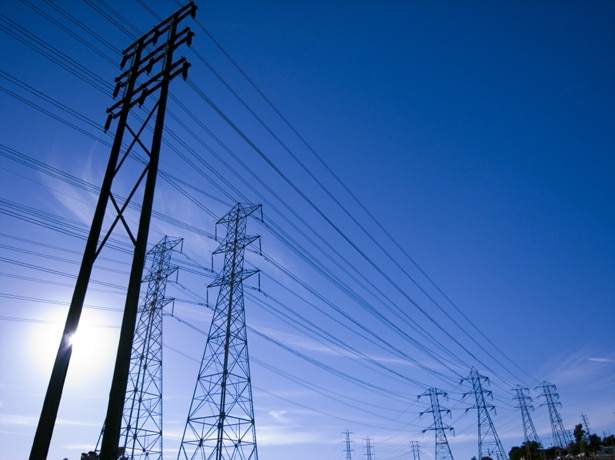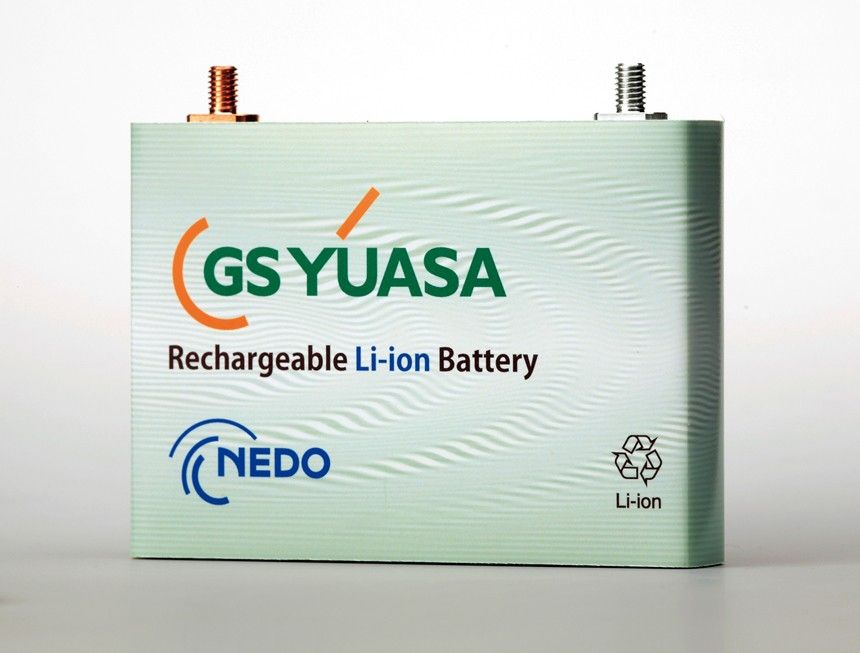Technology:
 |
| The principle of a lithium-ion battery |
Shin-Etsu
Chemical has already started to ship samples to battery manufacturers both at
home and abroad. It will solve such problems with mass production as production
cost and deterioration due to deformation in collaboration with them. Mass
production is scheduled to start in three to four years. Hitachi Chemical is
developing a technology to increase the capacity of lithium-ion battery by
using an alloy. Sumitomo Osaka Cement is also involved in the development race.
Japanese companies has 50% share in the world market of materials for
lithium-ion battery. A Japanese research firm estimates that the world lithium-ion
battery market will increase 50% from the level in 2012 to 1,700 billion yen
in 2017. In the world, 700 million smartphones are shipped annually, and demand
for a smartphone with a larger capacity is growing as more and more people use it instead
of a PC on business.
Shin-Etsu Chemical and Silione


